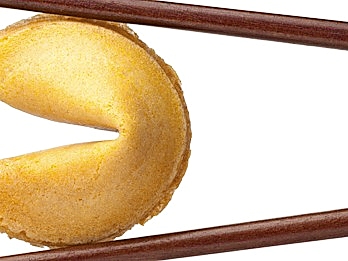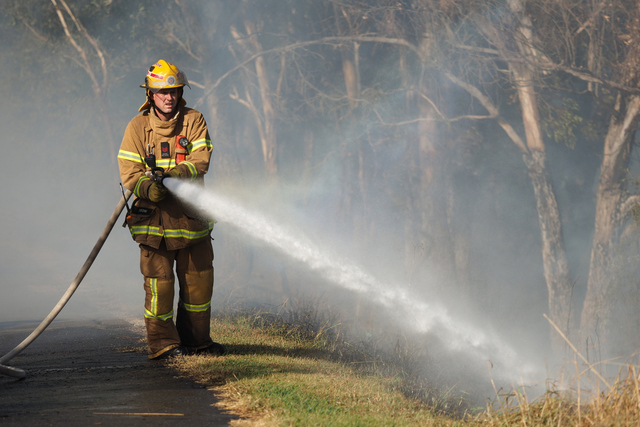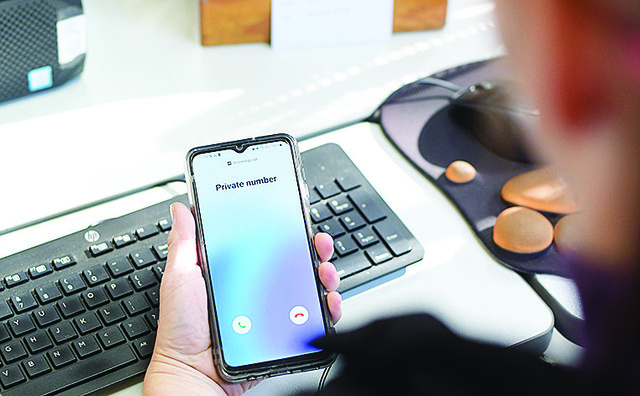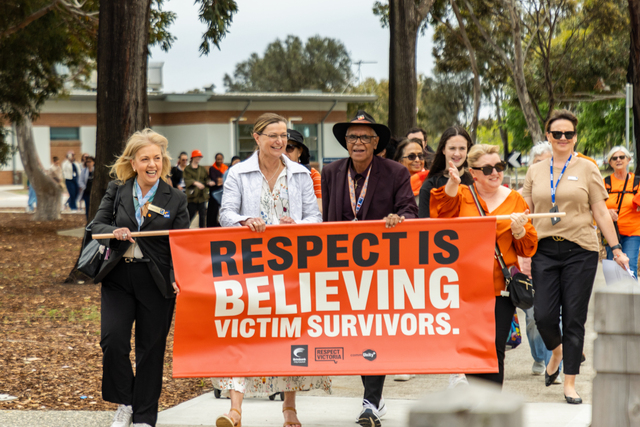My old dad turned 88 at the weekend and he wanted to go to the local Chinese restaurant for his birthday meal.
We used to go there all the time as a family, but it had been years since I’d set foot in the place.
As the number of restaurants and the different types of cuisine available exploded exponentially, I’d long abandoned this old favourite for hipper, shinier venues that served dishes such as duck sugar cane skewers with nam jim rather than prawn toast.
The world had changed but inside the restaurant time stood still.
The copper-panelled front counter, the fake ferns, even Danny, the ever-beaming host, seemed not to have aged one iota. He tactfully pretended not to notice our long absence, reduced number or even the walking frame on which my father now depends, but ushered us happily to our “usual” table.
And the food … the food was actually far, far better than I remembered it. Has the change in Australia’s culinary landscape also liberated Chinese restaurateurs so they can offer more dishes than they used to?
Or perhaps the food was made more piquant by nostalgia.
It was the Chinese, of course, who first opened Australians’ eyes to cuisine more diverse than a charred lamb chop.
In the country town where I grew up, the Chinese restaurant offered the only alternative to the largely meat-and-three-veg menu of the local motel or roasts at the RSL bistro.
It was the pinnacle of multiculturalism in the 1970s for a country town to have its own Chinese restaurant, a Greek-owned café and, in really go-ahead places, a Lebanese Christian haberdashery.
Those Chinese families were part of the postwar and post-White Australia migration and they would stay and make their lives here, unlike the first wave of “celestials” who came during the gold rush.
It’s always intrigued me how when the Chinese were here in such numbers in the 1850s that so little of their culture and custom became part of the mainstream then. It was as if they were truly heavenly beings who descended suddenly on an inhospitable land and just as quickly vanished, leaving behind ingeniously constructed wells, tunnels, funeral rite ovens and coins in the dust.
While some Chinese married white women and settled, the vast majority went home as they’d always intended. Those who died on Australian soil and were buried here had their bones repatriated by their kin.
The exhumation of Chinese bodies from cemeteries on the Victorian and NSW goldfields is intimately tied to their culture and the custom of ancestor worship.
So many thousands came in search of their fortune and, in the end, the most valuable thing the Chinese removed from our soil was their dead.
We sometimes forget that but for the land’s original inhabitants we are a nation of immigrants. That there were no fewer than 16 nationalities at the Eureka Stockade and one of the first men arrested was an African-American. Yet one of the underlying causes of discontent – bubbling away beneath the issue of miner’s rights – was the number of Chinese on the goldfields.
Now the Chinese are not only accepted and an essential part of our community, but every one of us has an interest in their mainland, with trade and investment with China being worth $10,500 a year for every Australian household. To my mind, that’s gold.







